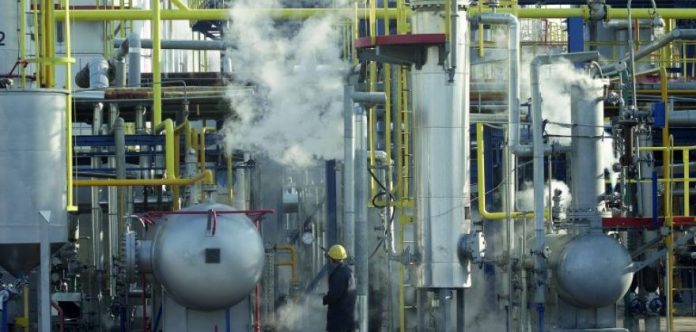It is no secret that across the process industry we are all under continuous pressure to improve throughput and reduce production costs. Financial pressures are driving a constant need for Engineers to upgrade existing equipment using the most cost-effective methods available.
Your Heat Exchangers play a critical role in enabling performance upgrades, increasing throughput and reducing energy.
The first question you should ask is; are your existing Heat Exchangers performing at their full potential? It is not uncommon for Heat Exchangers to be performing below design expectations for long periods of time, simply because they appear to have been operating satisfactorily without the full duty being achieved. However, sub-standard operation of multiple heat exchangers over a long period of time can have detrimental effects on throughput, negating opportunities for identification of problems such as fouling, corrosion and fluid maldistribution.
The most economic route is to assess the operational performance of your Heat Exchangers prior to any considerations regarding upgrades, new installations and major network overhauls. This can be done using the following steps;
- Extracting process stream data,
- Determining the heat recovery network for your current operations,
- Simulation and validation of the existing network against plant operations.
A plant study and survey will allow you to identify opportunities for enhancement solutions. A detailed engineering plan could then be drawn up outlining the requirements and costs associated with a plant revamp.
Once your analysis of the Heat Exchanger Network is complete, you can then begin assessing your options for retrofits. It is worth noting at this stage that key equipment such as furnaces, reactors, columns, principle pipe sizes and the power supply may not be easily or economically modified, and this may stipulate a throughput limitation for the entire plant.
Considerations must also be made for safety issues, maintenance constraints, topological restrictions and operational boundaries – these must be factored into the overall economic impacts of any retrofit project.
Retrofit options that yield large benefits often require major structural changes to the network. For example, adding new exchangers and/or introducing stream splitting requires large capital investment and may be incredibly difficult to implement due to space shortages. Operators may also be dubious about making such significant alterations to an existing plant which currently delivers a profit!
For those process plants that do not have the capital or space required to invest in brand new heat exchangers, do not fret – there are other options.
By far the most popular technique lies in greater heat recovery. This is achieved through retrofitting existing Heat Exchangers to promote turbulence and/or increase the heat transfer surface area without making any structural adaptations to the Heat Exchanger itself.
Enhancement of existing units via new technologies such as hiTRAN® Thermal Systems, applicable to both single and two-phase applications, encourages increased overall heat transfer coefficient, improved fluid distribution and safeguards a more stable operation with longer runtimes – thus bolstering production and saving energy. This particular technology can be used for tubeside enhancement of the Heat Exchanger; providing a cost effective and easy to install solution for network overhauls.
There is also the use of Helical and ‘EMBaffle’ style baffles which also aid improved heat transfer by changing the flow and creating turbulence – this is applicable to Shell and Tube Heat Exchangers, offering an enhanced performance compared to standard conventional baffles.
The tactics deployed to enhance your heat transfer process are largely dependent upon the type of process fluids, temperatures and operating flows. Issues such as maximum available pressure drop and fluid viscosity may also limit the impact of enhancement application – this is certainly not a ‘one size fits all’ approach.
Nevertheless, intensification of the heat transfer across Heat Exchanger Networks provides a cost effective advantage for improving heat recovery and ensuring energy reduction across your network – we implore you to speak with your Heat Transfer experts and find out.
Author: Tom Higley
Sales & Business Development Manager









